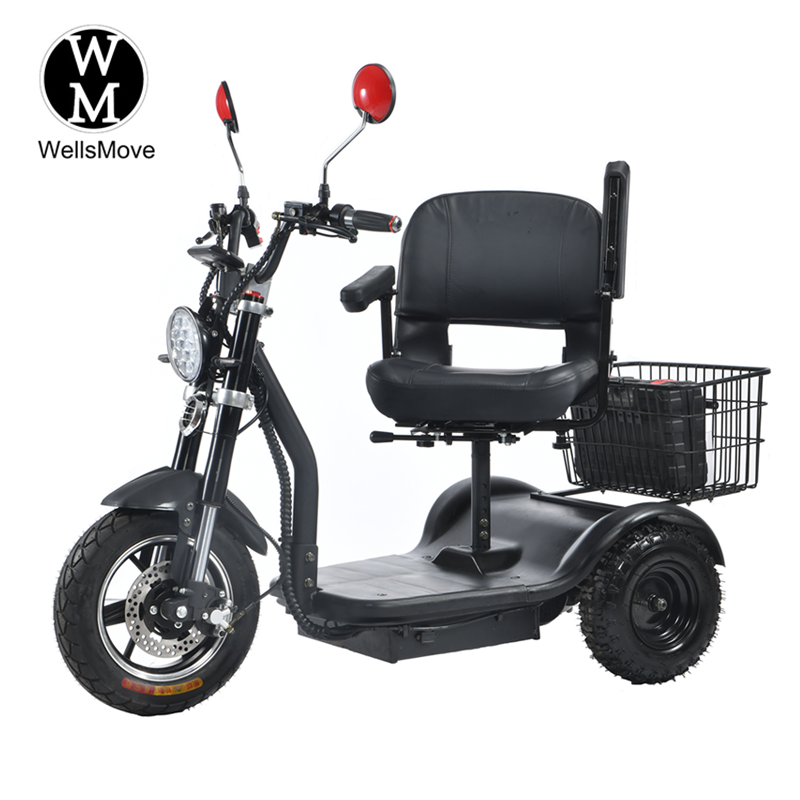Mobility scooters have become an important mode of transportation for individuals with limited mobility. These devices provide a sense of independence and freedom, allowing users to move around easily and conveniently. However, as with any form of transportation, users may encounter certain limitations, such as the wheel size of an e-scooter. Many people wonder if they can add larger wheels to their mobility scooters to improve their performance and functionality. In this article, we’ll explore the potential benefits and considerations of upgrading your electric scooter wheels.
First, it’s important to understand the role that wheels play in the overall performance of your mobility scooter. The size and type of wheels can significantly affect a scooter’s ability to travel on different terrains, including rough or uneven surfaces. Standard mobility scooters typically come with small to medium-sized wheels and are suitable for indoor use and smooth outdoor surfaces. However, for individuals who need their e-scooter to tackle more challenging terrain, larger wheels may be a viable solution.
One of the main benefits of having larger wheels on a mobility scooter is improved stability and traction. Larger wheels have more surface area in contact with the ground, which enhances the scooter’s ability to travel over bumps, gravel, grass, and other uneven surfaces. This is especially beneficial for individuals who like to spend time outdoors or need to traverse rough terrain on a regular basis. Additionally, larger wheels provide a smoother, more comfortable ride, reducing the impact of vibrations and bumps on the user.
Additionally, larger wheels help increase ground clearance, allowing the scooter to clear obstacles more efficiently. This is especially useful when encountering curbs, thresholds, or other elevated surfaces. By increasing the scooter’s clearance, larger wheels can help prevent the risk of getting stuck or getting stuck when transitioning between different surfaces.
While the idea of adding larger wheels to a mobility scooter may seem appealing, there are several important considerations to keep in mind. First, you must ensure that the scooter’s frame and suspension system are compatible with the larger wheels. Upgrading to larger wheels without properly considering the design and specifications of your scooter can compromise its stability and safety.
Additionally, the increased size and weight of larger wheels may affect the scooter’s overall maneuverability and turning radius. It’s important to evaluate whether a scooter’s steering and control system can accommodate changes in wheel size without sacrificing its ease of use. Users should also consider the potential impact on the scooter’s battery life, as larger wheels may require more power to operate, potentially reducing the scooter’s range per charge.
Before making any modifications to your mobility scooter, it is important to consult with a qualified mobility equipment provider or technician. They can provide expert guidance on whether it is feasible and safe to fit larger wheels to a specific model of mobility scooter. In some cases, manufacturers may offer compatible wheel upgrades or alternative solutions that enhance the scooter’s performance without compromising its safety and stability.
In summary, adding larger wheels to an electric scooter offers potential benefits in terms of stability, traction, and ground clearance. However, this factor must be considered through careful evaluation and professional guidance to ensure that any modifications are compatible with the design and intended use of the scooter. The ultimate goal is to enhance users’ mobility and independence while prioritizing their safety and comfort. By exploring the possibilities of larger wheels on e-scooters in a thoughtful and informed way, individuals can make informed decisions to optimize their mobility experience.
Post time: Jul-08-2024



